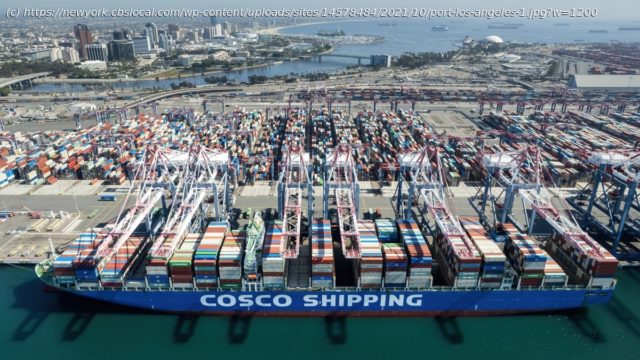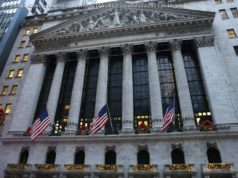Extensive slowdowns all along the supply chain are keeping consumers from buying what they want when they want, suggesting broader problems across the economy.
(CBS Baltimore) — Why are grocery store shelves always partly empty? Why do deliveries take so much longer than they used to? Why is everything more expensive? The short answer to all of these questions and others is supply chain issues. The long answer, explaining U.S. and global supply chain issues in 2021, is not that simple. It goes without saying that the once-in-a-lifetime COVID pandemic has exacerbated existing problems. That includes a shortage of workers along the path that products take from the factory to a consumer’s doorstep, creating multiple bottlenecks in a system that depends on timeliness to function. And that’s happened just as demand drastically increased for those products. Even this more complicated explanation doesn’t fully spell out why consumers can’t buy what they want when they want. That’s because there are no easy answers and no easy fixes. The supply chain is the series of steps that brings a product to a customer. Martin Dresner, Professor and Chair of the Logistics, Business and Public Policy Department at the R.H. Smith School of Business at the University of Maryland, describes it as the “network of manufacturers, their suppliers, distributors, retailers that are responsible for getting products from point of origin to the final customer.” The network for any given company can start with suppliers of raw materials and other inputs, and include shipping those supplies to a manufacturing facility. Once inputs are transformed into a finished product, it is moved to a warehouse or a store and then ultimately to the final customer. Various agents, brokers, vendors, transportation companies, and distribution centers can play key roles along the way in ensuring a product gets made and reaches its final destination. A supply chain for a large company can get very complicated very fast. Dresner describes just how complicated in an example of a typical packaged goods company: “A packaged goods manufacturer has many suppliers, and those suppliers will be supplying raw materials for use in the production process. And that could be farmers, or farmers can sell through distributors. Or the product used by the manufacturer might be manufactured themselves, so they may have other components suppliers. “We think of the suppliers that sell directly to Procter & Gamble or Kellogg’s as first-tier suppliers,” he continues. “But then there are people who supply them, and we would call those second-tier suppliers. And there could be third-tier, fourth-tier suppliers as well, all the way back to where the components of the product originate. That manufacturer also may not do all the manufacturing themselves. They contract out some manufacturing. Those contract manufacturers are also suppliers to packaged good manufacturers. And they have their own supply chains.” Once a product is produced, it must find its way to the consumer. “Manufacturers will often not sell directly to customers, but they will sell through distributors,” Dresner further explains. “Distributors may sell to retailers, and manufacturers may sell directly to retailers. There can be other companies involved in the sale and distribution of products. There can be agents or brokers, transporters. There are all sorts of companies that need to be involved in getting the product to their eventual end user. All these companies, they’re a part of that focal firm, that packaged goods manufacturer’s supply chain.” So many steps along the way leave plenty of opportunities for slowdowns. And those slowdowns build upon each other to create growing delays for a company. Now imagine that every company that produces and/or sells a physical product has its own unique supply chain. Some are more complicated, some are less complicated. But all of them have basic elements in common. And all leverage the same regional, national and global systems to (hopefully) deliver their products to their consumers in a timely manner.
Start
United States
USA — Financial Supply Chain Issues: ‘There Really Are Problems Everywhere,’ Even For Small Companies






